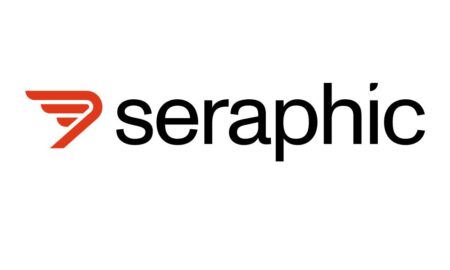Publishing has always balanced creativity with strategy, and both sides of that equation are changing fast. Writers, designers, and marketers are adapting to new tools that promise to simplify their work while expanding what is possible.
Artificial intelligence now touches nearly every stage of the publishing process, from concept design to promotion. The technology is no longer experimental. It is practical, accessible, and transformative.
Here is a closer look at how AI is reshaping the publishing world, from book covers to marketing campaigns.
Image Generation for Custom Visuals
Visual storytelling has become a core part of modern publishing, and AI tools are giving creators an edge. Publishers no longer need to rely solely on stock photos or expensive commissioned shoots to bring a story’s world to life.
AI platforms now allow designers to describe a scene in words and receive unique visual interpretations instantly. These systems can adapt to tone, color, and genre, producing options that align with a book’s personality and reader expectations.
Writers and publishers who want to explore image generation capabilities can experiment with sample tools such as Krea. These programs enable testing creative directions quickly and refining ideas before investing in full-scale design work.
AI-Generated Book Cover Concepts
Cover design sets the tone for a book long before a reader turns the first page. AI has become a valuable brainstorming partner in this process, generating concept variations that help designers explore styles and compositions quickly.
An AI tool can analyze genre trends and reader preferences to produce covers that align with market expectations. Designers then refine these AI-generated ideas into polished final products.
This process keeps creativity in human hands while removing the repetitive groundwork. The outcome is a more efficient, inspired design process that saves time and sparks new ideas.
Automated Internal Illustration Creation
For books that include illustrations, such as children’s stories, cookbooks, or instructional guides, AI now assists with generating art that fits specific chapters or themes. It allows publishers to visualize entire projects early in development.
The technology can adapt illustrations to consistent color palettes or art styles, maintaining a cohesive visual identity throughout the book. It provides flexibility that manual illustration alone might not afford within tight schedules.
Human artists remain essential for refining details and adding emotional depth. But with AI handling drafts or variations, the creative process becomes more fluid and efficient.
AI-Assisted Marketing and Promotional Graphics
Promoting a book requires constant visual content for social media, ads, and newsletters. Thanks to AI tools, you can now create campaign graphics automatically, resizing images and adjusting layouts for each platform.
Marketers can enter basic text and tone preferences, and the software generates ready-to-use visuals that fit brand guidelines. This saves valuable time while maintaining a consistent look across channels.
By freeing teams from repetitive design tasks, AI allows marketers to shift focus to strategy and audience engagement. That human insight remains the key to meaningful promotion.
Workflow Automation for Editing and Production
Editing and production once involved countless manual steps, from file formatting to version tracking. Not anymore because you can now automate much of that process with AI, which helps you detect errors, standardize layouts, and organize revisions.
This does not mean editors lose control. It means they spend less time on mechanical tasks and more time improving clarity, tone, and storytelling.
Production teams benefit as well. With automated checks in place, deadlines become easier to meet without sacrificing quality.
AI-Driven Content Optimization Tools
Writing a great book is only half the battle in publishing. The other half is ensuring that readers can find and connect with it, which is where AI-driven content optimization tools come into play.
These tools analyze everything from sentence clarity to keyword placement, helping authors fine-tune their language for both readability and market reach. They can identify sections that may lose reader interest or suggest subtle adjustments that improve engagement and flow.
For publishers, the benefits go even further. AI can help align a book’s content with audience trends, ensuring it resonates with current reader interests while maintaining authenticity.
Book Layout and Formatting Assistance
Laying out a book for print or eBook publication requires precision and patience. AI-assisted formatting tools now handle page spacing, font selection, and alignment with remarkable accuracy.
They allow designers to preview how a book will appear across multiple devices and formats in real time. This streamlines production and reduces costly errors before printing.
What once took weeks of formatting revisions can now be completed in days. It means faster releases without sacrificing design quality.
Final Thoughts
Artificial intelligence is changing the publishing game, but not by erasing creativity—it is helping it flourish. The human voice, the editor’s touch, and the designer’s eye remain irreplaceable.
If you work in publishing or dream of joining the industry, now is the time to explore these tools. Embracing AI thoughtfully can turn the challenges of modern publishing into opportunities for growth, efficiency, and inspiration.































